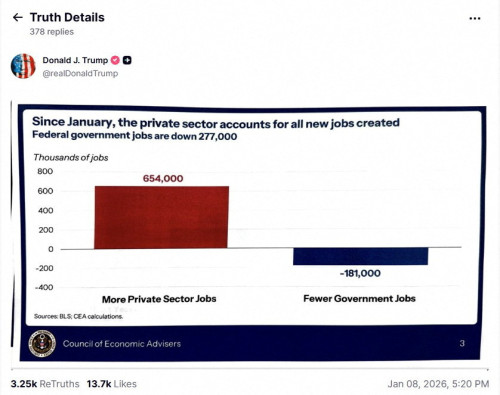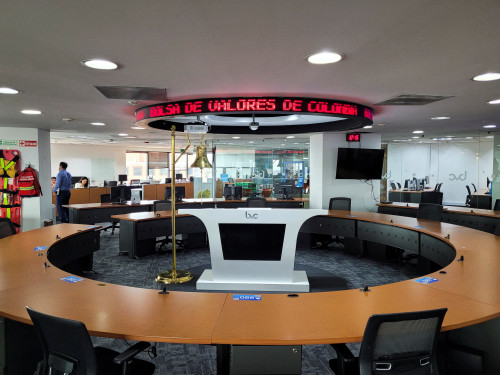On the Edge: Could Geopolitical Tensions Push Us Toward WW3? How to Prepare Your Portfolio for the Unexpected
From Moscow’s saber-rattling over Ukraine to China’s rising assertiveness in Asia, and the recent surge in hostilities between Israel and Hamas, today’s geopolitical landscape is a tinderbox. Russia’s hints at heightened military action, coupled with economic strains on the West, are fueling fears that global powers may be inching toward a broader confrontation. The U.S. has ramped up its own military posture in response, while China has doubled down on its strategic interests, heightening the risk of economic and military ripple effects. These tensions are forcing investors to ask the hard questions: Is my portfolio prepared for a global crisis, and which sectors are safe havens in an unpredictable market?
The Market’s Precarious Balancing Act: Sectors to Watch
No one likes to imagine worst-case scenarios, but with the current global pressures, ignoring the risks could be costly. Historically, market responses to major conflicts have been anything but predictable, impacting some industries severely while bolstering others. This time, savvy investors are keeping a close eye on a few key sectors with the resilience to weather, and even profit from, turbulent times.
Defense and Aerospace: The Usual Beneficiaries?
In times of global instability, defense and aerospace stocks typically surge. The logic is simple: greater security threats lead to increased military spending, which flows directly into companies that provide weapons, aircraft, and defense technologies. With the U.S. and NATO on high alert, defense contractors like Lockheed Martin, Raytheon, and Northrop Grumman may see robust demand for their products. These firms stand at the ready to produce the tech and equipment that could be critical in conflict zones.
Moreover, a focus on advanced technology for cybersecurity, surveillance, and missile defense systems positions the sector to capitalize on increased defense budgets across NATO countries. For those wary of market volatility but wanting exposure to growth opportunities, defense stocks could offer relative stability.
Investor Takeaway: While defense may be poised for gains, it’s wise to assess how much risk these stocks carry due to their dependence on government contracts and potential regulatory constraints. Defense stocks could be the “shelter” in a storm of instability.
Energy and Commodities: Riding the Supply Chain Ripple Effect
Conflict regions like the Middle East and Eastern Europe play key roles in global energy supply chains. Any escalation involving Russia or disruptions near the Strait of Hormuz—through which a fifth of the world’s oil passes—could send oil prices surging. Similarly, natural gas could see sharp price fluctuations, impacting utilities and end-users worldwide.
Investors often seek refuge in commodities, especially during times of inflation and economic instability. Stocks tied to crude oil, natural gas, and uranium could rise as governments secure energy resources, making oil majors like ExxonMobil and Chevron, as well as uranium producers, key stocks to watch. At the same time, renewable energy companies might also experience demand spikes if governments push for domestic energy independence and seek alternatives to fossil fuel dependence.
Investor Takeaway: Energy investments could offer a hedge, but they come with high volatility. Balancing traditional energy with renewables may provide a diversified approach to ride out market swings.
Tech: Vulnerable Yet Adaptable
The tech sector—driving much of today’s economic growth—faces unique vulnerabilities in a time of geopolitical uncertainty. With increased scrutiny from both U.S. and Chinese regulators, companies like Apple, Microsoft, and Tesla could be exposed to disruptions in the global supply chain, especially if tensions over Taiwan intensify. However, some tech giants are poised to adapt, investing in AI and cloud technologies that could meet military and intelligence needs.
In addition, cybersecurity—a critical component of national defense—is a growing area of focus. With cyber threats on the rise, firms like CrowdStrike and Palo Alto Networks may benefit from expanded government contracts to secure critical infrastructure.
Investor Takeaway: Tech is a double-edged sword in times of crisis. While hardware may face supply chain woes, software and cybersecurity could experience growth as governments and companies ramp up digital defenses. Investors should focus on cybersecurity and cloud-based tech for a defensive position in the sector.
Consumer Staples: The Safe Harbor for Essentials
When uncertainty rocks the market, consumer staples stocks—companies providing basic, everyday goods—tend to hold their ground. Companies like Procter & Gamble, Coca-Cola, and Walmart are seen as safe bets. Regardless of global tensions, consumers continue to buy household items, food, and beverages, making these stocks less sensitive to market downturns.
The resiliency of consumer staples lies in their predictability. In a worst-case scenario, where investor sentiment drops across high-growth sectors, consumer staples could act as a stabilizer within a diversified portfolio.
Investor Takeaway: If the market experiences significant disruption, consumer staples could serve as a ballast, cushioning against volatility. Holding a portion of defensive stocks may help balance risk, especially in a period of extreme global tension.
Navigating Uncertainty with a Balanced Strategy
While each of these sectors presents distinct opportunities, the risks cannot be ignored. A sudden intensification in geopolitical conflicts, such as a further escalation in Ukraine or a new front opening in the Pacific, could drastically reshape the global economy. Historically, some of the most profound market dips have occurred due to geopolitical crises, followed by sharp rebounds once the situation stabilizes.
For investors, the solution is diversification. Balancing defense and energy with consumer staples and select tech stocks could provide a shield against a rapidly shifting global environment. With thoughtful asset allocation and an eye on evolving risks, investors can build portfolios that are not only prepared for growth but also resilient against the most turbulent times.
Bottom Line: The current geopolitical landscape serves as a potent reminder of the fragility of global markets. Preparing for volatility isn’t just about picking the right stocks; it’s about understanding the broader picture. In these uncertain times, hedging against geopolitical risks through diversification, with a focus on defensive industries, might be the best strategy to weather the storm.



